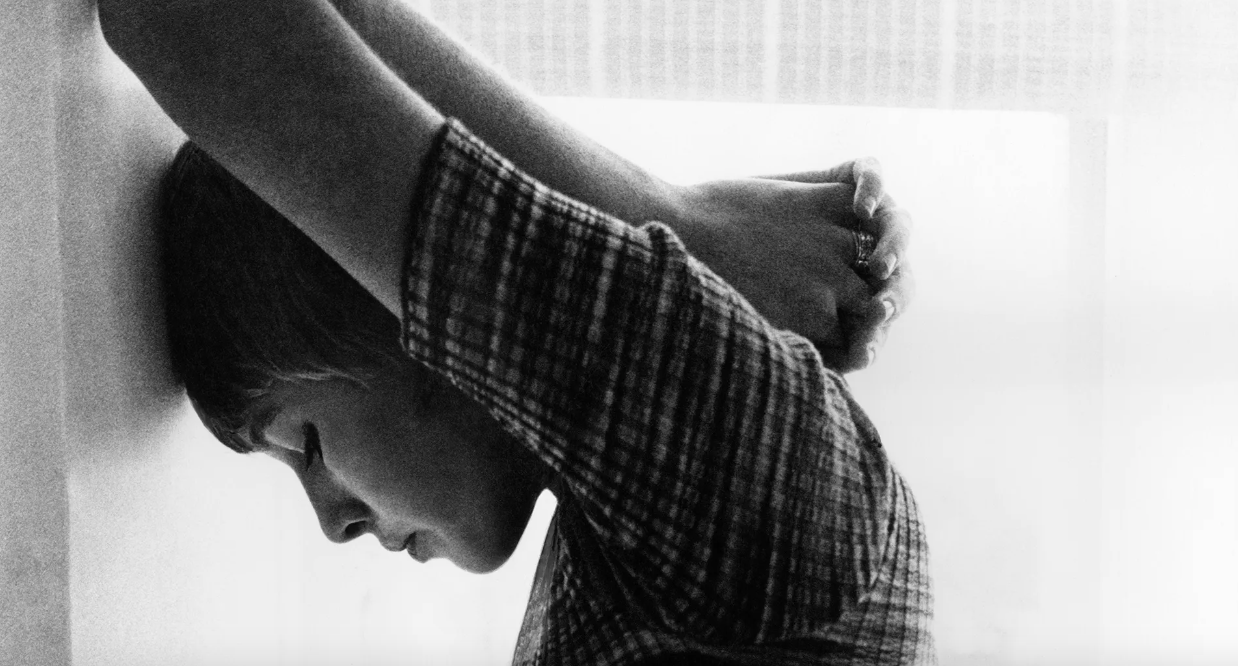
What is coercive control? And if you’re not physically injured can you still be a victim of domestic violence? According to Ruth Davidson, chief executive of the charity Refuge, yes, it is possible. “Coercive control is a form of domestic violence,” she shared with Vogue. “So often we still think of domestic abuse as domestic violence, but coercive control is when someone you are in a relationship with repeatedly behaves in a way that can make you feel controlled, dependent, isolated or frightened. This is a pattern of non-violent behavior, although of course it can be accompanied by physical violence, and is aimed at controlling you.”
Dr. Evan Stark, author of the book Coercive Control: How Men Entrap Women In Personal Life, also compares coercive control to a hostage situation. According to Dr. Stark, it “comprises multiple elements and a pattern of behavior” which, over time, deprives people of their “rights and resources” and “prevents them from being” truly alive.
Coercive control was criminalized in the UK in December 2015 and, according to domestic abuse charity Women’s Aid, 17,616 coercive control offenses were recorded by police in the year ending March 2019. Stats also show that 97 per cent of defendants prosecuted for coercive and controlling behavior in the year ending December 2018 were male.
However, prosecution rates still remain low, but in recent times there has been an important move in the conversations we’re having as a society around certain behaviors. Davison points to shows like Love Island and other reality TV programs, and how discussions are now being had about contestants and what is, or isn’t, acceptable behavior. But there’s still a way to go to fully understand coercive control, and how to detect it.
Below, we share the red flags to look for, and a guide to recognize coercive control.
Signs of coercive control
“If something doesn’t feel right in your relationship, it probably isn’t,” says Sarah Davidge, Head of Research and Evaluation at Women’s Aid. “A healthy relationship should be a loving, respectful place with values like happiness, freedom, support and consent at its core.” While every relationship is different, there are some common signals that occur time and time again, such as “lovebombing” a person at the start of a relationship in order to entrap them, before insidious changes begin to take place.
According to Davidge, red flags can include the abuser isolating you from friends and family; depriving you of basic needs, like food; overseeing your time and movements; and taking control over your everyday life, like where you go, whom you see, what you wear and even when you sleep. It can also include repeatedly insulting you and destroying your confidence; humiliating, degrading and dehumanizing you; controlling your finances; intimidating you or threatening you; as well as gaslighting you and making you doubt what you know to be the truth.
Dr. Stark also highlights the above, noting that low-level violence and sexual coercion also make up coercive control. At its core, it’s about “control of self”, with an abuser micromanaging every aspect of a partner’s life, “from how she cleans, to how she dresses, to how she bathes and even which TV shows she watches” until she becomes almost “automated”.
Therapy speak
The tag “therapy speak” now has more than 16 billion views on TikTok, proving it’s well and truly part of the modern everyday language. So how can you identify when it’s problematic? “Coercive control is predominantly perpetrated through language, so the language someone’s using is always important,” explains Davison. “Using therapy speak can absolutely be one way of putting you down or discounting your perspective.” Using words such as “boundaries” could arguably be a part of this. “The thing I would say about boundaries is that the boundaries should be negotiated – they’re mutually agreed,” she adds. “It’s very, very different to imposing rules on someone, so whether that comes in the guise of therapy speak or not, that can be controlling.”
What to do
“The most important thing I think you can do if you feel unsafe is to trust your instinct,” says Davison. “Reach out to friends and family. Even if you have cut yourself off from them because the abuser has asked you to, tell them what’s happening.” And if you don’t feel safe at all, and you don’t have anyone to speak with, call the 24/7 National Domestic Violence Hotline at 800-799-7233.
Meanwhile, Women’s Aid shares practical advice for safety, such as planning your exit carefully once you’ve made the hard decision to leave. They say: “Plan to leave at a time when you know your partner won’t be around. Try and take everything you will need with you – for example, important documents relating to you and your children.” They recommend trying to set aside a small amount of money, and to consider your safety options around tech, such as changing passwords and switching off location finders.
beauty beauty trends celebrities celebrity news christmas christmas movies coffee dating fall fashion fashion fashion designers fashion trends fashion week fitness hailey bieber hair trends halloween harry potter health Instagram Justin Bieber kate middleton King Charles meghan markle mental health milan fashion week movies music netflix new york city paris paris fashion week pregnancy prince harry princess diana prince william relationships royal family royals skincare street style television travel valentine's day wellness